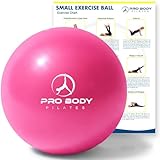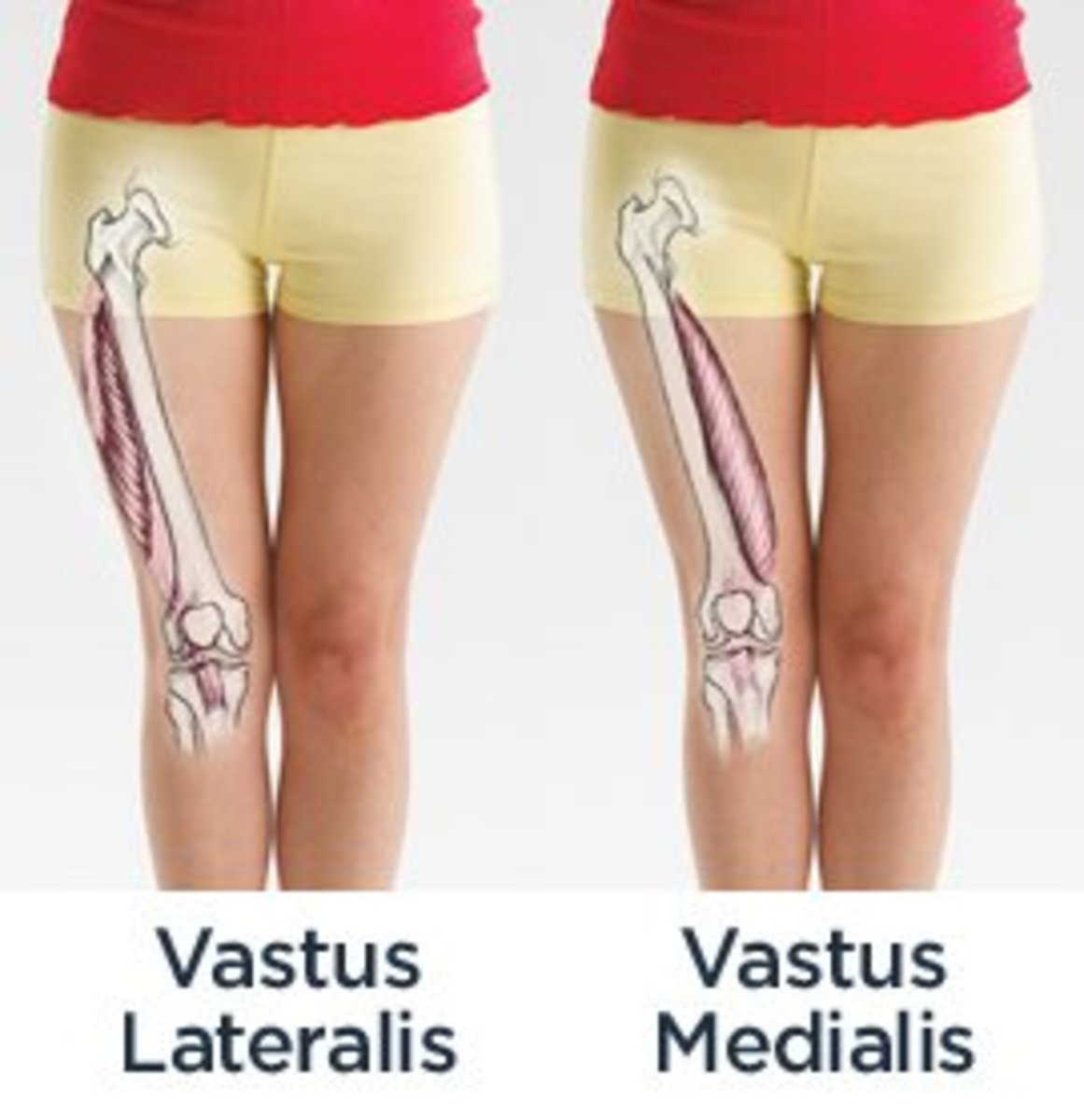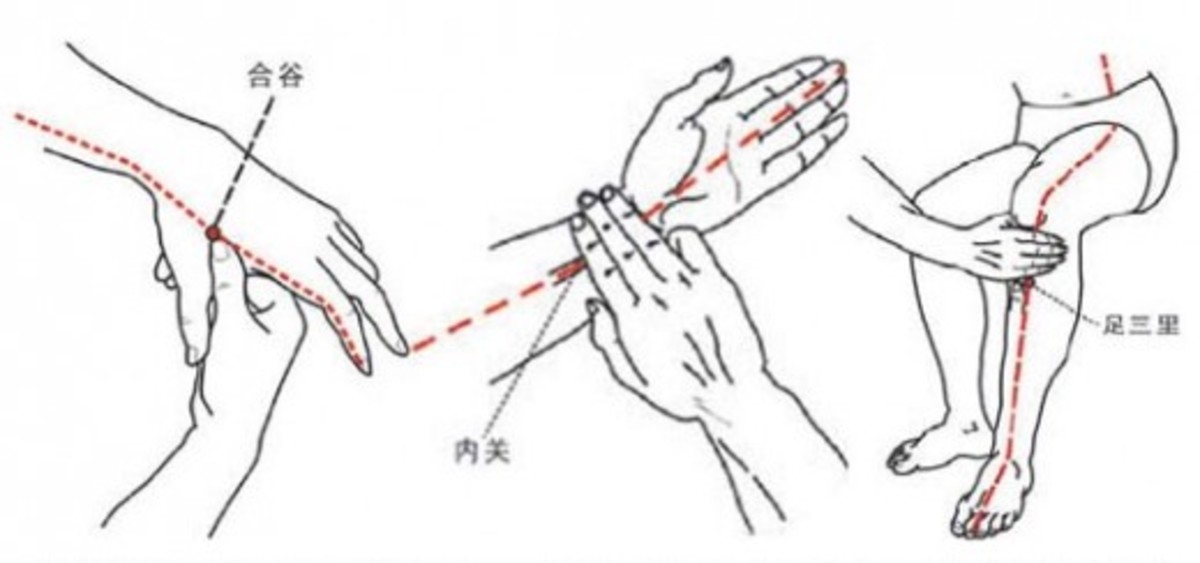The Six Pilates Principles
Pilates was founded by Joseph Pilates. It's original purpose was to rehabilitate patients with injuries and diseases. To help create the resistance exercise equipment required by his patients, Joseph Pilates used everyday objects around him, such as bedsprings.
Though he was born a frail child, Joseph Pilates overcame his physical weaknesses through a dedicated life of physical excellence. He later used his personal experiences in boxing, gymnastics, diving, skiing, to develop the Pilates Method which we know today.
Pilates
later evolved into mainstream exercise when it was discovered that the
exercises were not only beneficial to the sick and injured but were also
effective for individuals who were healthy. To gain the maximum benefits from practicing Pilates, it is important to understand the six principles which define the Pilates method. These six principles are:
- Concentration
- Control
- Center
- Fluidity
- Precision
- Breath
1. Concentration
When practicing Pilates, intense focus and concentration must be applied to every move. One must be consciously aware of
each part of the body and how it moves in relation to the breath. Concentration enhances body
awareness and it ensures each exercise is performed properly to achieve the maximum benefits of the exercise.
2. Control
Control is probably the fundamental principle of Pilates. When Joseph Pilates first developed the Pilates Method, he called it "Contrology". When practicing Pilates, it is important that each movement of the body is made in a slow, controlled manner rather than swinging the body parts into position using the aid of momentum. By using controlled movements, various muscles are required to work together, helping the body to develop greater coordination and balance. Control also prevents injury and helps the individual to realise the full functional benefits from each movement.
3. Center
One of the main benefits of Pilates is building core strength. This is because all Pilates exercises focus on utilising core strength. The core consists of the large group of muscles in the center of the body made up of the abdomen, lower back, hips and buttocks. In Pilates, these muscles are called the “powerhouse”.
Each Pilates exercise utilises the abdominal strength by pulling the navel into the spine to activate the deep abdominal muscles. By engaging the powerhouse for all movements helps to stabilise the body and prevent injuries from occurring. When practicing Pilates, all movements should begin with the powerhouse and continue with the rest of the body. The core strength is the coordinator of the movements of the extremities.
4. Fluidity
All Pilates movements should be performed with flow and grace not unlike the smooth and continuous movements of a dancer. This is probably one of the reasons why Pilates has been likened to dancing, because the exercises keep the body flowing.
When practicing Pilates correctly, there must be no static or isolated movements. Neither should the movements be rushed. This is unlike Yoga where certain positions are usually held for a period of time. By following the principle of fluidity, Pilates helps the joints and muscles to develop flexibility. This in turn translates to an overall grace as the body learns to move more evenly.
5. Precision
There is a specific purpose for every Pilates exercise and it is important that each movement be carried out precisely. When practicing Pilates, one must maintain spatial awareness of all parts of the body. Each movement in Pilates has a specific start and end point which must be observed as closely as possible to gain the maximum benefits from the exercise.
To perform an exercise properly, one must practice each move as precisely and perfectly as possible, for it is better to do one perfect move than it is to complete a series of half-hearted exercises. The repeation of precise movements helps to create favourable muscle patterns in the body that eventually become second nature.
6. Breath
Joseph Pilates believe that breathing fully allowed circulating blood to remove wastes in the body relating to fatigue because it ensured the blood is charged with oxygen with each inhalation, while assisting the complete removal of waste gases through exhalation. Breathing deeply also stretches and releases tension from the muscles during the exercise. This helps to promote optimum body control.
The aim of a full breath in Pilates is to breathe deep into the back and the sides of the rib cage - hence the reference to it as posterior, lateral breathing. To achieve deep inhalation, it is important to completely exhale as much air in the lungs as possible by squeezing it out of the lungs, much like wringing a wet cloth dry. When breathing during Pilates, the deep abdominal and pelvic floor muscles must be engaged and each breath coordinated with each movement.
In Pilates, the breath is considered to be one of the most important parts of the exercise. Failure to breathe properly means that the exercise has not been performed adequately.
To derive the maximum benefits from practicing Pilates, it is imperative that an individual understand the six principles of Pilates. Failure to observe any of the principles during exercise means the exercise will not provide that individual the optimum benefits of performing the movement. By practicing Pilates as accurately as possible, one can be assured of achieving strength, flexibility, balance, and coordination.











